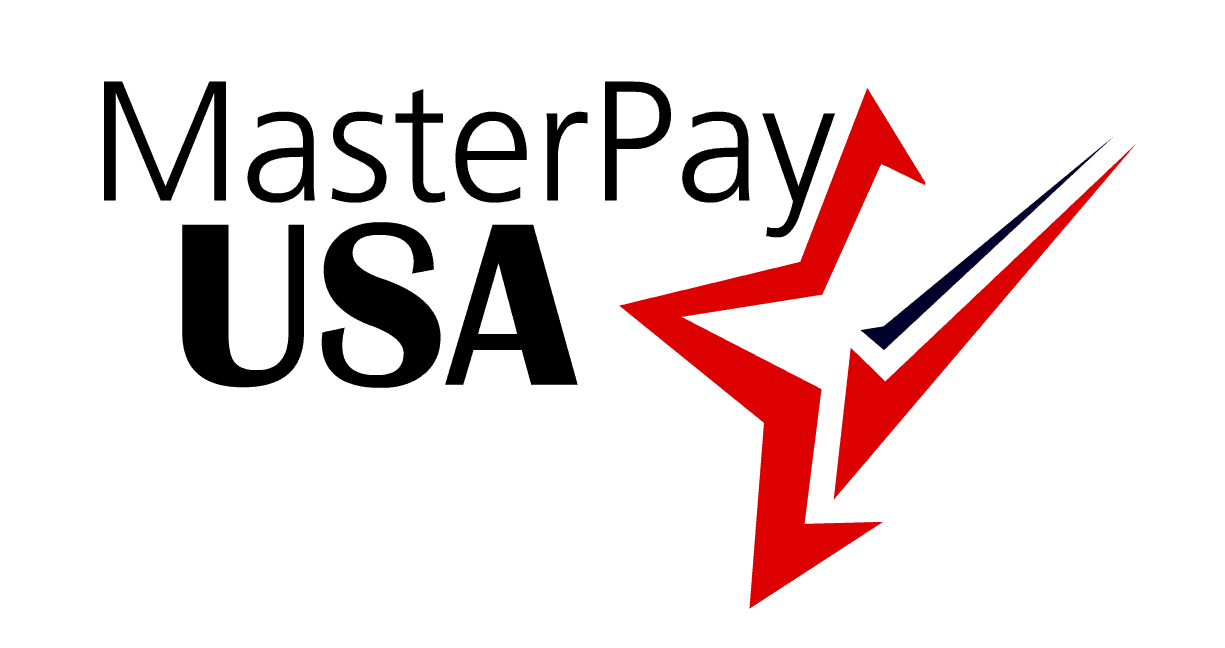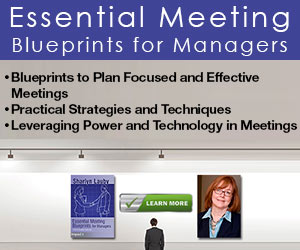Your Blueprint for Employee Performance Meetings
Employee performance meetings happen all the time in business. At least, they should happen all the time in business. We’re not talking about meetings that address employee discipline or terminations. Your organization has a policy for that and managers need to follow it.
Employee performance meetings are about helping employees succeed . They are the regular conversations that take place in an ongoing manner. These discussions tell employees what they’re doing well and possibly what they need to improve upon.
Here’s a blueprint you can use during a performance meeting with the employee. You can create a one-page form with this outline and use it to plan your conversation or print it on an index card so you have all the steps handy.
- Let the employee know the purpose of the meeting . Don’t minimize the importance of this conversation by spending a huge amount of time talking about the latest reality television program and a little on the topic of performance. This is an important matter and should be treated that way.
- Share what you have observed . Offer specifics about actual behaviors you’ve witnessed. If someone else witnessed the behaviors, try to have that person there. Employees don’t like the line “someone told me you did this…” If you’re trying to support or correct behavior, be able to specifically discuss behavior.
- Give employees time to respond . It might be tempting at this point to keep talking but resist the urge. Allow the employee to answer. You might learn a few things about what’s currently taking place in the business.
- Explain how their performance impacts the team . Employees might not realize how their behavior impacts the organization or the team. It’s important to draw a connection between their behavior and impact to the company. If impact can’t be explained (positive or negative), then an employee will question why their behavior matters.
- Reinforce the expected behavior . It’s possible an employee will not know what they should be doing. Or could have questions about the existing standard. Come to the discussion prepared to explain the current company standard and how an employee can achieve and even exceed the standard.
- Solicit solutions from the employee on how to improve the situation . This is so important! Let the employee tell you what they’re going to do in the future. It creates buy-in. If you tell an employee what to do, they haven’t bought into it. Give the employee time to think about possible solutions.
- Convey the consequences . Let the employee know what will happen if the situation is – and isn’t – resolved. You’ll notice I haven’t written one word about disciplinary action. Sometimes the consequence is an employee will not be eligible for a transfer. Or they will not be able to participate in flex time. Maybe the next step is discipline. Regardless, make sure the employee is aware of next steps.
- Agree upon a follow-up date . Remember, “no news is good news” is not a management philosophy. After agreement has been reached, set a follow-up date to discuss progress.
- Express your confidence . Since the goal of this conversation is to support or improve performance, don’t be afraid to tell an employee you’re confident they will achieve their goal.
The conversation needs to stay dedicated on helping the employee be successful . Don’t let the conversation become personal and emotional. If the discussion is focused on performance, then it’s a win for everyone involved. Here are two examples of performance meetings (one positive, one not):
Example: Positive employee performance meeting
Manager : Hi Jim. Thanks for meeting with me today. I want to talk with you about an important matter, the Wilson account. Last week, you did an awesome job handling the client after our production error accidently sent them a past due notice.
Your customer service skills were very effective. Proactively contacting the client, explaining the situation, and following up to make sure the client didn’t have any additional concerns.
Jim : Thanks! The company’s customer service training was helpful. One thing you should know. In dealing with this situation, I did discover a small glitch in our accounting system that’s creating the past due notices to be generated. I’ve already told someone in accounting.
Manager : I didn’t know that. Thanks for sharing and telling accounting. Obviously, when we are able to effectively deal with customers – whether it’s our internal or external ones – it only makes our jobs easier. And our customers happier.
After handling this situation, do you think we need to put any other steps in place to deal with the billing issue?
Jim : You know, I’ve thought about it and can’t think of any.
Manager : Very well, if this occurs again, please let me know so we can escalate the situation. Let’s plan to touch base next month just to make sure there are no outstanding items with the Wilson account.
Thanks again Jim.
Example: Improvement needed performance meeting
Manager : Hi Jim. Thanks for meeting with me today. I want to talk with you about an important matter, the Wilson account. Last week, we had an issue with them when our production error accidently sent them a past due notice. I received a call from the client who was upset about the incident.
Jim : I forgot to call them. Sorry. I did discover a small glitch in our accounting system that’s creating the past due notices to be generated. I’ve already told someone in accounting.
Manager : I didn’t know about the accounting glitch. Thanks for sharing and telling accounting. It’s important for us to remember that when we deal effectively with customers, it helps everyone on the team. We can spend more time doing activities to improve our business versus putting out fires. And our customers are happier.
What can you do if this situation occurs again?
Jim : Definitely give the customer a call as soon as I realize the error.
Manager : Yes, and if you have any questions about whether or not to contact a customer, I’m always available to discuss the situation.
Jim : OK, I will bring my questions to you and not make assumptions.
Manager : Thanks. Please remember that in matters like this it’s your responsibility to proactively contact the client, explain the situation, and follow up to make sure the client doesn’t have any additional concerns.
Let’s plan to touch base in a month to make sure everything is fine with the Wilson account. If you have any questions in the meantime, please let me know.
Oh, and thanks again Jim for handling the situation with accounting and accepting responsibility for this issue. I know you have the ability to handle these kinds of situations in the future.
If for whatever reason, the conversation becomes emotional, it’s important to remain empathetic without letting the conversation go off track. Remain calm, listen to the employee, and if necessary ask for more information to help the employee stay engaged.
I do realize every conversation might not go as smoothly as these examples. But don’t underestimate the power of planning . Whether the conversation is positive or not-so positive, planning the conversation keeps the discussion on topic and productive. This is the key to achieving the goal of the meeting, which is to ultimate reinforce or change behavior.
The post Your Blueprint for Employee Performance Meetings appeared first on hr bartender.



